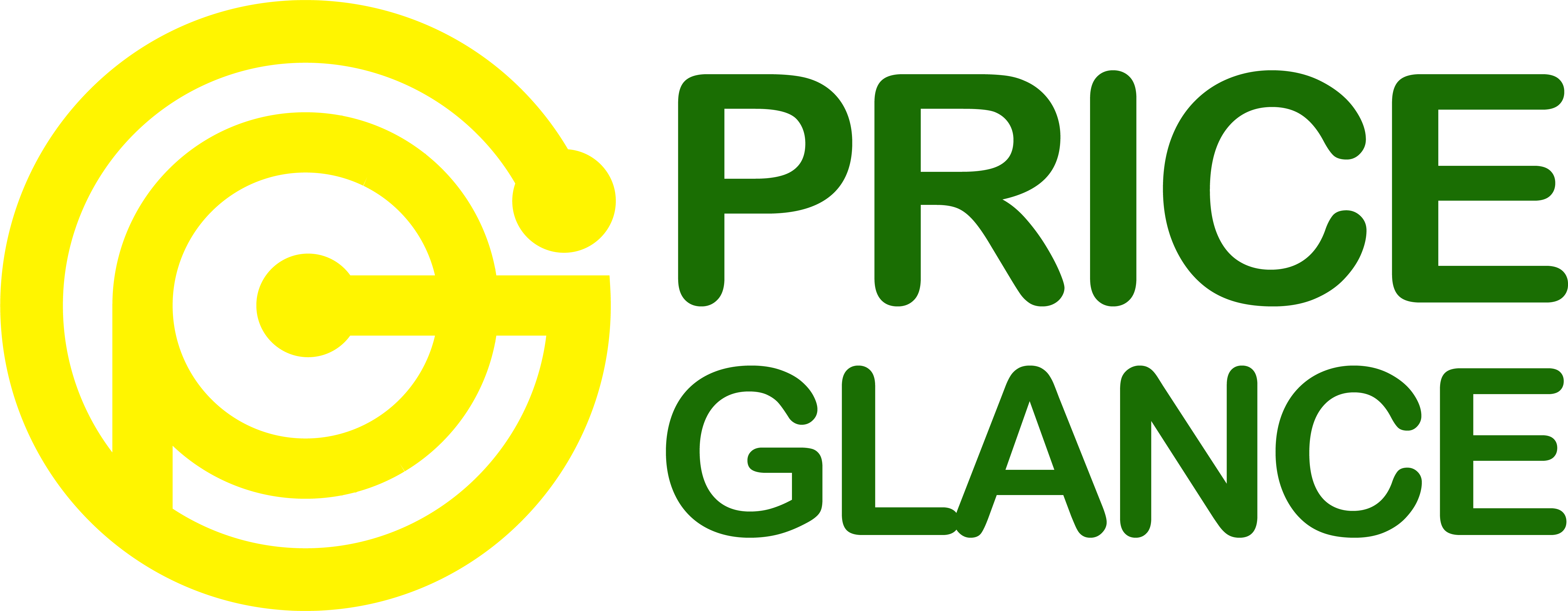
In today’s competitive marketplace, businesses are constantly looking for ways to improve their bottom line. One way to do this is by using dynamic pricing.
What is dynamic pricing?
Dynamic pricing is a pricing strategy that involves adjusting prices in real time based on factors such as supply and demand, customer behavior, and competitor prices. This allows businesses to maximize profits by selling their products or services at the highest possible price that customers are willing to pay.

Why use dynamic pricing?
There are many benefits to using dynamic pricing. Here are just a few:
- Increased profits: Dynamic pricing can help businesses to increase their profits by up to 10%. This is because businesses can charge more for their products or services when demand is high.
- Improved inventory management: Dynamic pricing can help businesses to improve their inventory management by ensuring that they are not overstocking or understocking their products. This can save businesses money on storage costs and reduce the risk of lost sales.
- Increased customer satisfaction: Dynamic pricing can actually increase customer satisfaction in some cases. This is because customers are more likely to pay a higher price for a product or service if they know that they are getting the best possible deal.

How to use dynamic pricing effectively
There are a few things that businesses need to do in order to use dynamic pricing effectively:
- Use a pricing software solution: There are a number of pricing software solutions available that can help businesses to automate the dynamic pricing process. This can make it easier to manage and track prices.
- Set clear goals: Businesses need to set clear goals for their dynamic pricing strategy. Do they want to increase profits, improve inventory management, or attract more customers?
- Monitor results: Businesses need to monitor the results of their dynamic pricing strategy closely and make adjustments as needed. This will help to ensure that they are getting the most out of their investment.
- Communicate with customers: Businesses need to communicate their dynamic pricing strategy to their customers. This will help to avoid any surprises and ensure that customers understand why their prices may change.

Dynamic pricing is the future of pricing
Dynamic pricing is a powerful pricing strategy that can help businesses to increase their profits, improve their inventory management, and increase customer satisfaction. As the technology continues to evolve, dynamic pricing will become even more sophisticated and effective. Businesses that embrace dynamic pricing will be well-positioned to succeed in the future.
Here are some examples of how dynamic pricing is being used in different industries:
- Airlines: Airlines use dynamic pricing to adjust ticket prices based on factors such as the time of year, the day of the week, and the demand for flights.

- Hotels: Hotels use dynamic pricing to adjust room rates based on factors such as the occupancy rate, the time of year, and the demand for rooms.
- Retailers: Retailers use dynamic pricing to adjust prices of products based on factors such as the popularity of the product, the competition, and the time of year.
- Ecommerce: Ecommerce businesses use dynamic pricing to adjust prices of products based on factors such as the customer’s location, the browsing history, and the time of day.
The benefits and potential of dynamic pricing are undeniable. However, implementing dynamic pricing also presents certain challenges and risks, such as:
- Customer Dissatisfaction: Dynamic pricing can sometimes lead to customer dissatisfaction, particularly when customers perceive it as unfair or deceptive. Discovering that they paid more than others for the same product or service may erode their trust and loyalty to the business.
- Legal Considerations: Legal issues can pose a significant hurdle, as certain jurisdictions may have specific laws or regulations that limit or even prohibit dynamic pricing, especially in industries deemed critical to public welfare, such as healthcare or utilities. Businesses should seek legal counsel to ensure compliance before embarking on dynamic pricing strategies.
- Technical Complexities: Successful dynamic pricing requires robust software and advanced data analysis tools capable of real-time monitoring and response to market changes. Investing in reliable and secure systems that can handle extensive data volumes and transactions is crucial to the effective implementation of dynamic pricing.
Navigating these challenges is essential to harnessing the full potential of dynamic pricing while maintaining customer satisfaction and legal compliance
If you are interested in implementing dynamic pricing for your business, you may want to check out Priceglance.ca, a platform that helps you create and manage dynamic pricing strategies with ease.
Priceglance.ca allows you to:
- Set up your own pricing rules based on your business goals and industry best practices
- Monitor your competitors’ prices and adjust yours accordingly
- Analyze your sales performance and customer feedback
- Experiment with different pricing scenarios and optimize your results
Conclusion
Dynamic pricing is a powerful tool that can be used to improve profits and compete more effectively. By carefully considering the challenges and using a pricing software solution, businesses can use dynamic pricing to achieve their goals.

